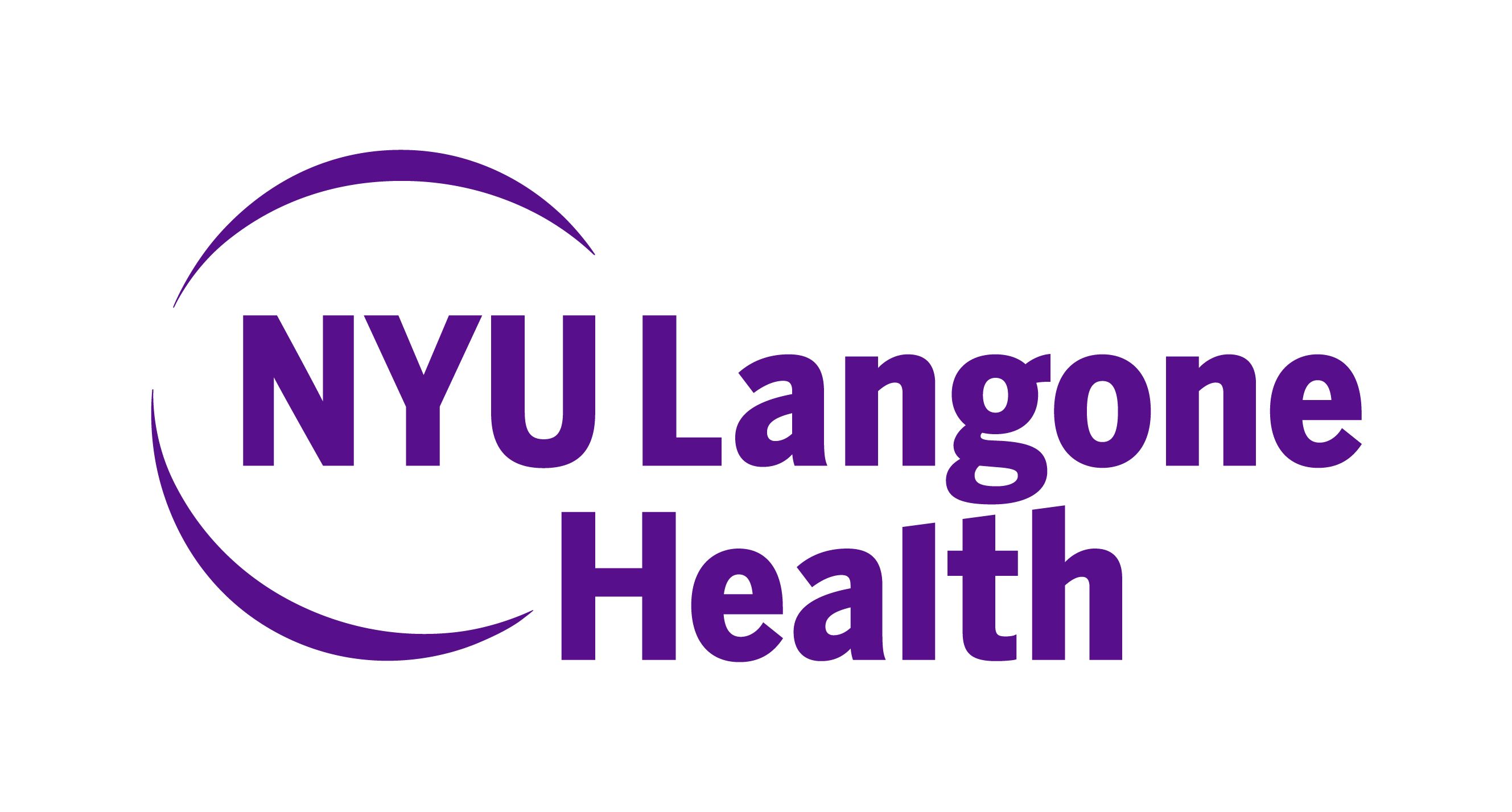
Improving Post-Stroke Rehabilitation Through Primseq Digital Tool: Heidi Schambra, MD

The associate professor in the Department of Rehabilitation Medicine at NYU Langone provided insight on a recent study that utilized a novel digital tool to track the movement intensity of their stroke rehabilitation. [WATCH NOW: 4 minutes]
WATCH NOW: 4 minutes
"This trained model outperforms best-in-class other types of models that we compared it with. The neat thing about this model is that it is basically ripped off the word recognition programs that you have on your phone. If you’re doing voice activation, these algorithms have been trained to detect certain words. In the same way, we’re training an algorithm to detect certain movements based on that pattern."
Each year, nearly 800,000 Americans suffer a stroke, according to estimates from the US Centers for Disease Control and Prevention. Rehabilitation interventions have improved over the years, but quantifying “dosing” and intensities for these approaches remains a challenge. In a recent analysis, a sensor-equipped computer program called Primseq was shown to accurately identify and count arm movements in post-stroke patients undergoing rehabilitation.
Led by Heidi Schambra, MD, a total of 41 patients post stroke who presented with moderate to mild impairment had sensors strapped to their arms and back to track movements in 3 dimensions. More than 51,616 upper body movements were recorded from 9 sensors, with the digital recordings of each arm movement then matched to functional categories, such as whether the movement involved reaching for an object or holding it still. Artificial intelligence software was then programmed to detect patterns within the data and tie these specific patterns to specific movements.1,2
To learn more about the study and the most notable take-home points clinicians should be aware of, NeurologyLive® sat down with Schambra. The associate professor in the Department of Neurology and Department of Rehabilitation Medicine at
REFERENCES
1. Computer tool can track stroke rehabilitation to boost recovery. News release. NYU Langone Health. June 16, 2022. Accessed June 23, 2022. https://www.prnewswire.com/news-releases/computer-tool-can-track-stroke-rehabilitation-to-boost-recovery-301567501.html
2. Parnandi A, Kaku A, Venkatesan A, et al. PrimSeq: A deep learning-based pipeline to quantitate rehabilitation training. PLOS Digital Health. Published online June 16, 2022. doi:10.1371/journal.pdig.0000044
Newsletter
Keep your finger on the pulse of neurology—subscribe to NeurologyLive for expert interviews, new data, and breakthrough treatment updates.






























